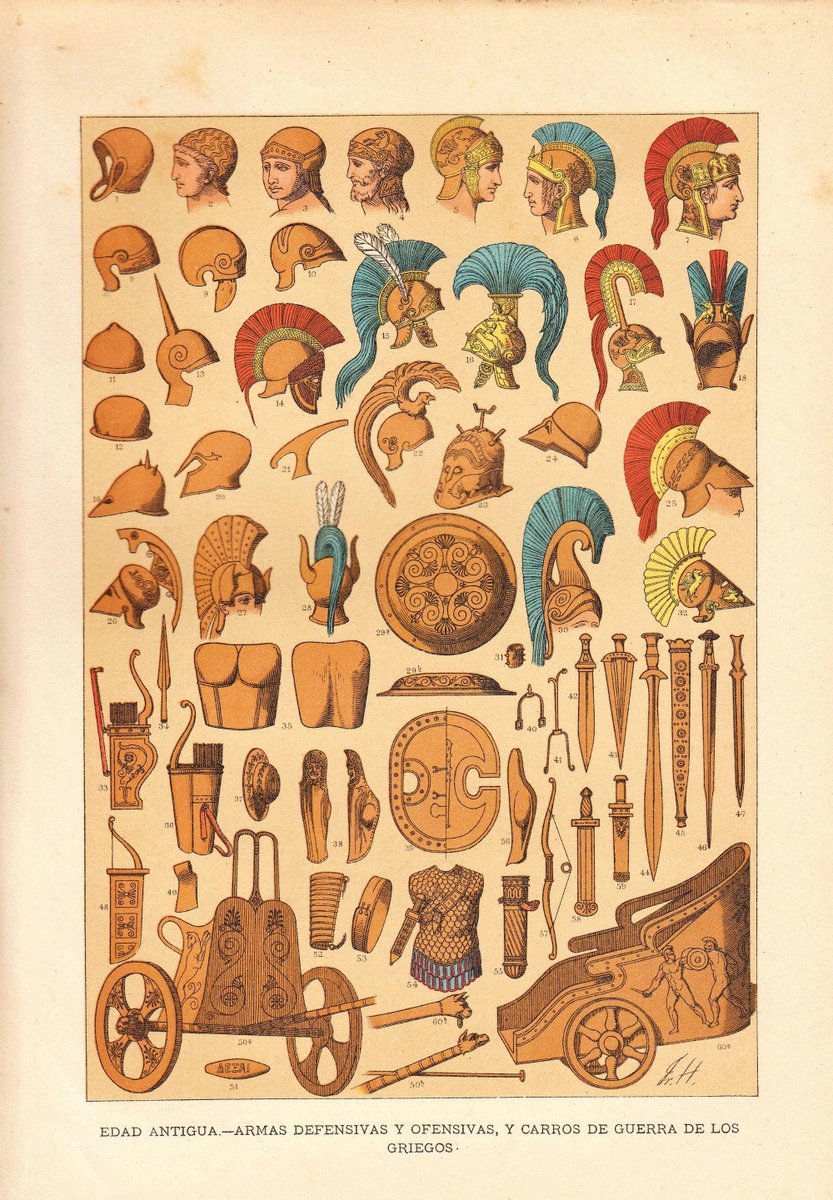1051
1052
1053
1055
1056
1057
1059
1062
1063
1064
1066
1067
1069
1071
1072
1073
1075
























